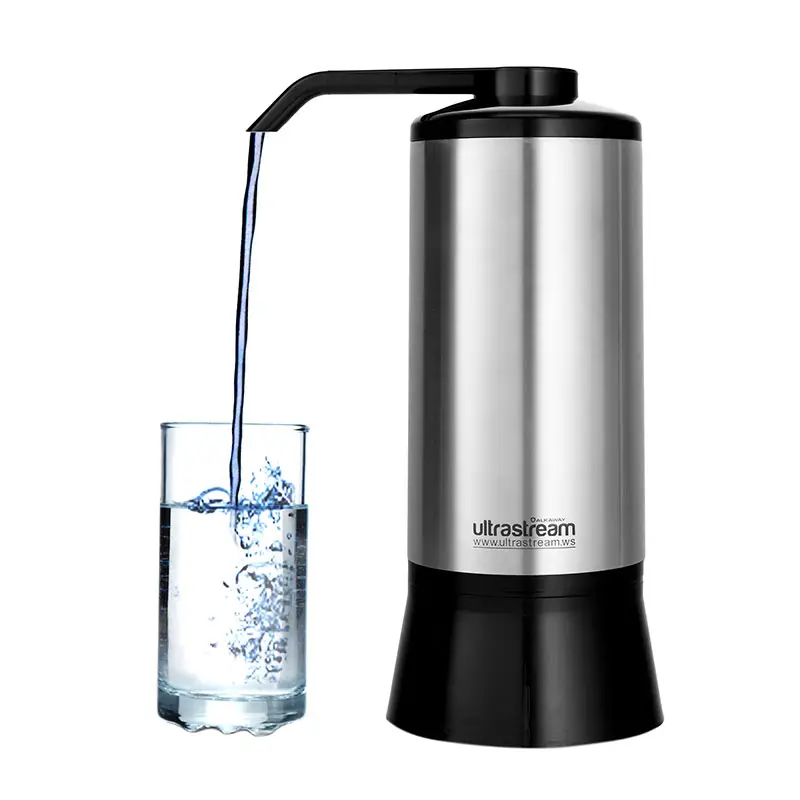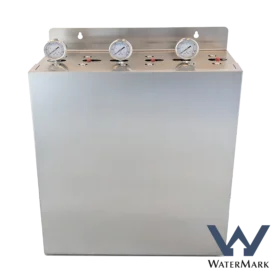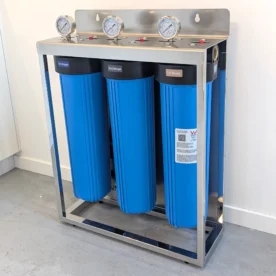Cart totals
| Subtotal | $2,048.00 |
|---|---|
| Shipping |
Shipping to New South Wales. |
| Total | $2,048.00 (includes $186.18 GST) |
You may be interested in…
-
$297.00 inc. GSTSelect options This product has multiple variants. The options may be chosen on the product page
Press F5 to refresh





